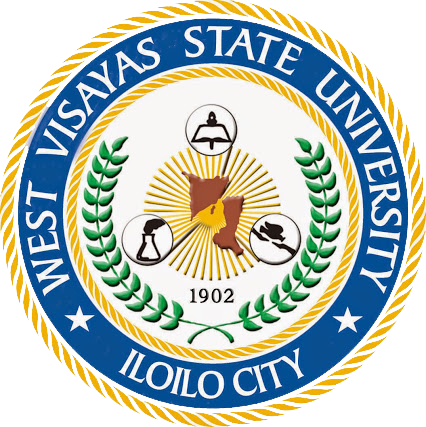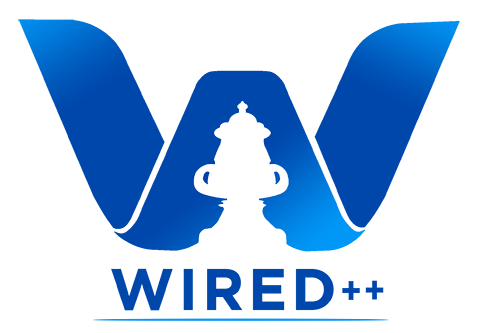Effects of memes in Physics lessons on learners' performance and critical thinking skills
| dc.contributor.advisor | Magno, Ricky M. | |
| dc.contributor.author | Casabuena, Honeylen Mae B. | |
| dc.date.accessioned | 2024-05-22T07:49:49Z | |
| dc.date.available | 2024-05-22T07:49:49Z | |
| dc.date.issued | 2022-08 | |
| dc.identifier.citation | Casabuena, H. M. B. (2022). Effects of memes in Physics lessons on learners' performance and critical thinking skills. [Master’s thesis, West Visayas State University]. WVSU Institutional Repository and Electronic Dissertations and Theses PLUS. | en |
| dc.identifier.uri | https://hdl.handle.net/20.500.14353/450 | |
| dc.description.abstract | This quasi-experimental study aimed to determine the effect of using memes in teaching physics to Senior High School- STEM learners of Colegio de San Jose and was conducted via Zoom last March 21- May 11, 2022. This study was premised on Lev Vygotsky's Sociocultural Theory, Kahneman's Attention Theory, and Gagne's Theory of Instructions. The participants of the study were purposively selected sixty (60) learners combined and divided into two groups, thirty (30) learners for the control group (online learning) and thirty (30) learners for the experimental group (using memes in online learning). The instruments used were research-made 50-item pre-test and post-test assessments covering the topics of general physics 2, particularly in electricity, to measure the learners' academic performance and an adopted Cornell Conditioning- Reasoning Form X to measure the learners' critical thinking skills. The statistical tools employed were the Median, Mann Whitney U, and Wilcoxon Signed-Rank test to process and analyze the data. Based on the preceding findings, the following conclusions were drawn: first, the participants in online learning and using memes in online learning have "average" results in their pre-test performance may indicate that the learners have prior knowledge in general physics 2 in the topics of electricity. terms of their post-test performance, the participants in online learning had an "average" result. In contrast, those using memes in online learning had a "high" result in their post-test performance, which may indicate that participants using memes in online learning have an increased and excel in their post-test performance compared to the participants in online learning. Second, the participants in online learning and using memes in online learning have "average" results in their critical thinking skills inferred that learners were capable of reasoning and analyzing the Cornell Conditioning- Reasoning Form X. Third, the pre-test and post-test of the participants in the two teaching strategies (online learning and using memes in online learning) show a difference. This indicates that both teaching strategies may have a positive effect in teaching general physics 2, specifically on the topics of electricity. Moreover, using two teaching strategies shows a significant difference in the post-test performance of the participants. These indicate that when taught to use memes, the participants have a greater increase in their post-test performance than online learning participants. Also, the participants' pre-critical and post-critical thinking skills tests in the two teaching strategies show a significant difference. This indicates that both teaching strategies effectively increase learners' critical thinking skills, but the result of using memes in online learning was higher than in online learning. Lastly, using two teaching strategies (online learning and using memes in online learning) shows a significant difference in the results of the participants' Cornell Conditioning-Reasoning Form X. This indicates that using memes in teaching physics on the topic of electricity influences developing learners' critical thinking skills. It is recommended that The Department of Education may also conduct more workshops on instructional strategies and prepare instructional materials that will enhance teachers' creativity and ability to teach difficult subjects. Teachers may also explore another teaching strategy that can help their learners to understand difficult subject areas which will be suited to the different learning styles of these learners. | en |
| dc.format.extent | xv, 162 p. : ill. (col.). | en |
| dc.language.iso | en | en |
| dc.publisher | West Visayas State University | en |
| dc.subject | Internet memes | en |
| dc.subject | Millenials | en |
| dc.subject | Technology products | en |
| dc.subject | Online instruction | en |
| dc.subject | Learners perception | en |
| dc.subject | Course context | en |
| dc.subject | Learners attitudes | en |
| dc.subject | Learners performance | en |
| dc.subject | High humor orientation | en |
| dc.subject | Learning styles | en |
| dc.subject | Cornell Conditioning - Reasoning Form X | en |
| dc.subject.lcsh | Educational technology | en |
| dc.subject.lcsh | Educational technology--Study and teaching | en |
| dc.subject.lcsh | Physics | en |
| dc.subject.lcsh | Physics--Study and teaching (Secondary) | en |
| dc.subject.lcsh | Learning strategies--Study and teaching | en |
| dc.subject.lcsh | Memes | en |
| dc.subject.lcsh | Memetics | en |
| dc.subject.lcsh | Humor | en |
| dc.subject.lcsh | Generation Y | en |
| dc.subject.lcsh | Generation Z | en |
| dc.subject.lcsh | Web-based instruction | en |
| dc.subject.lcsh | COVID-19 Pandemic (2020-) | en |
| dc.subject.lcsh | Critical thinking | en |
| dc.title | Effects of memes in Physics lessons on learners' performance and critical thinking skills | en |
| dc.type | Thesis | en |
| dcterms.accessRights | Limited public access | en |
| thesis.degree.discipline | Physics | en |
| thesis.degree.grantor | West Visayas State University | en |
| thesis.degree.level | Masters | en |
| thesis.degree.name | Master of Arts in Education | en |
| dc.contributor.chair | Gabasa, Chive G. | |
| dc.contributor.committeemember | Felimon, Rosemarie G. | |
| dc.contributor.committeemember | Jusayan, Shirley R. |
Files in this item
This item appears in the following Collection(s)
-
2. Master's Theses [83]


